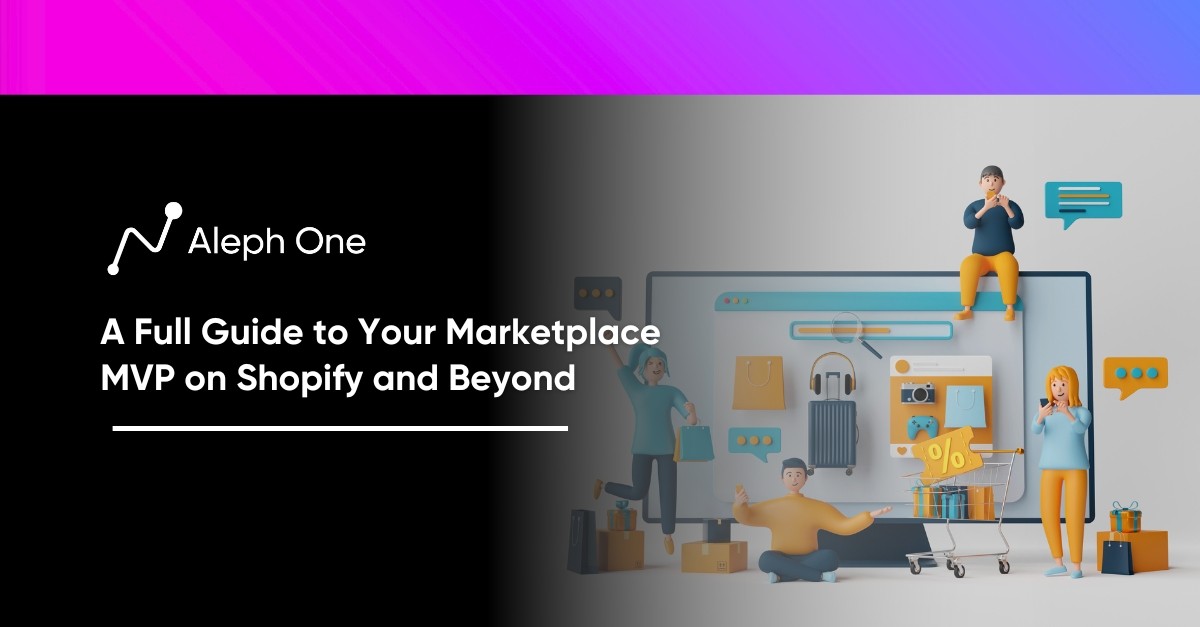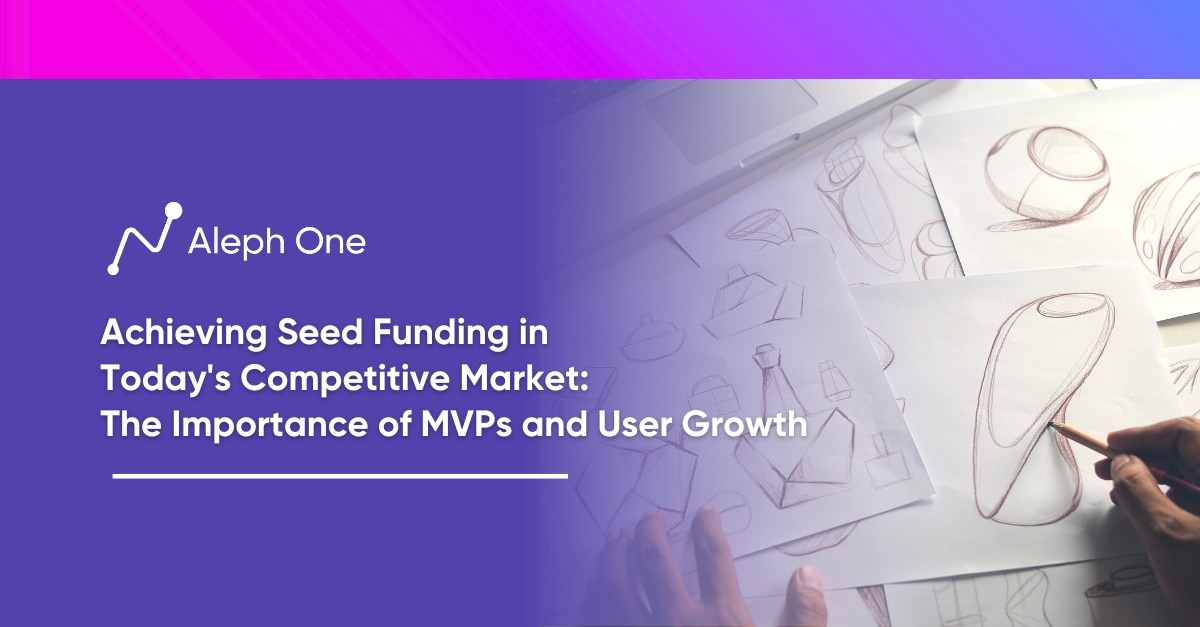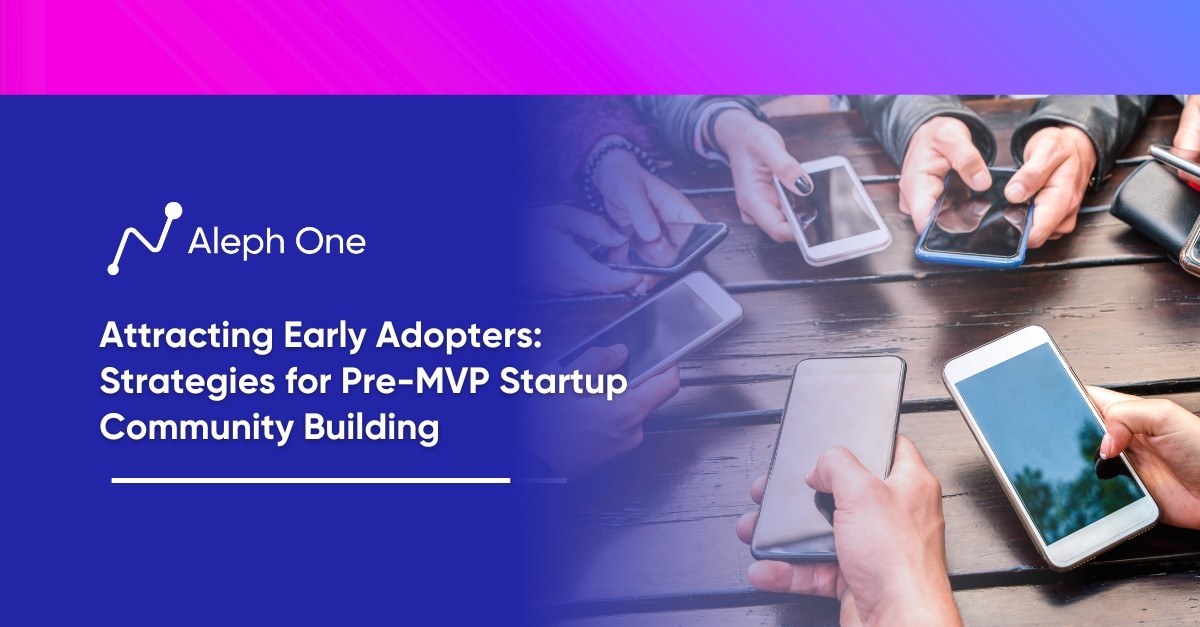Let’s work together to build something amazing. Share your project details and our team will reply to figure out the next steps to your success.

Building a minimum viable product (MVP) might seem like an insurmountable challenge for non-technical founders in the world of Insure-Tech. Yet, armed with the right strategies and tools, you can fashion an MVP to test your innovative ideas and gather crucial customer feedback, all without requiring coding expertise. In this comprehensive guide, we’ll embark on a journey through the intricacies of crafting an Insure-Tech MVP as a non-technical entrepreneur. From determining your unique features to selecting an affordable platform, hiring freelance developers, and launching beta tests, we’ll walk you through each crucial step.

The Non-Technical Founder’s Step-by-Step Blueprint for Building an Insurtech MVP
As a non-technical founder in the Insure-Tech space, building a minimum viable product (MVP) may seem like an impossible task. But with the right process and tools, you can create an MVP to test your idea and get customer feedback—without needing to code. Here is a step-by-step blueprint to build your Insure-Tech MVP:
1. Determine your Key Features
Focus on the core features that make your product unique. This could be a streamlined claims process, customized policy options, or an innovative rewards program for an Insure-Tech startup. Limit yourself to 3 must-have features to start.
2. Choose an Affordable Platform
Use a no-code platform like Bubble, Webflow, or Carrd to build your MVP website and mobile app. These tools have drag-and-drop interfaces that don’t require technical skills. Plans start at free to a few hundred dollars per month. Successful Insure-Tech startups like InsureScout and Surround Insurance used no-code platforms to build their first MVPs.
3. Hire Freelance Developers (if needed)
If you require custom features unavailable on no-code platforms, hire freelance developers on Upwork or Fiverr. Explain your key features, and they can provide options at different price points. For example, developing a basic claims submission form may cost $500 to $3,000. Be very clear in your requirements to get accurate cost and timeline estimates.
4. Set a Timeline
Building even a basic MVP will take time. Aim for 6 to 12 weeks to go from idea to launch. Break down tasks week by week to keep yourself accountable. Start with core features, then make improvements based on customer feedback.
5. Launch your Beta Test
Release your MVP to a small test group of potential customers through a beta test. Explain you’re looking for honest feedback to improve the product. Offer a free trial or discounted subscription in exchange for reviews.
6. Analyze Feedback and Iterate
Review all customer comments and see what resonates. Look for common issues or suggestions to address. Make changes to your MVP based on the highest priority feedback, then relaunch to a broader audience. Repeat this process to continue improving your product-market fit.
How Much Does an Insurtech MVP Cost?
Building an MVP for your startup does not have to be expensive. The exact cost will depend on the complexity of your product and key features, but you can build a basic MVP for a few thousand dollars. At the higher end, an MVP with advanced features built by an outsourced development team may cost $25,000-$50,000 or more.
Cost-Effective MVP Development with No-Code Platforms
The good news is there are ways to keep costs down. Using a no-code platform like Bubble or Webflow to build your MVP can save you thousands of dollars in development fees. These drag-and-drop tools are affordable (some even free) and don’t require technical skills to use. You can build a simple but functional MVP on one of these platforms for under $5,000.
Strategic Cost Savings Through Freelance Developers
Hiring freelance developers instead of an agency is another way to cut costs. On Upwork, Toptal, or Fiverr, you can find quality developers for $30-$100/hour. Work with 1-2 freelancers to build your MVP over 3-4 months for $10,000-$30,000 total, depending on complexity. Compare that to $50,000-$100,000 or more charged by most development agencies.
Maximizing Cost-Efficiency with Feature Prioritization
The features and functionality you include in your MVP also significantly impact the cost. An MVP that simply allows users to get a quote for one specific insurance product will be far less expensive than one handling multiple complex products end-to-end. Focus on your core value proposition and keep features to a minimum. You can always add more later once you’ve validated the concept.
Unlocking Affordable MVP Development for Non-Technical Founders
Ultimately, the exact cost of your Insure-Tech MVP will depend on the right approach and resources for your business. But with some creativity and cost-saving measures, any non-technical founder can build an MVP for $25,000 or less. Keep your MVP simple, leverage no-code tools and freelance talent, focus on key features, and avoid over-engineering. Following this formula will give you an affordable MVP to start testing your biggest assumptions.
The 5 Biggest Pitfalls Non-Technical Founders Face When Building an Insurtech MVP
As a non-technical founder in the Insure-Tech space, building your MVP comes with many challenges. Based on experiences from other founders, here are the five biggest pitfalls to avoid:
1. Underestimating the Time Required
Building even a basic MVP takes an enormous amount of time and effort. Don’t assume you can do it in your spare time on weekends. Be prepared to commit at least 6-12 months to get your MVP launched.
2. Overcomplicating the MVP
It’s easy to get carried away and try to build more features than you need. But an MVP should only include the minimum features to test your key assumptions. Start with 1 or 2 core features rather than building a complex product immediately. You can always add more features later based on customer feedback.
3. Failing to Validate Key Assumptions
The whole point of an MVP is to validate whether customers want your product. But many founders build their MVP without identifying key assumptions to test. Define your assumptions upfront and build experiments into your MVP to validate them. If they prove false, you’ll need to pivot.
4. Not Leveraging No-code Tools
As a non-technical founder, no-code platforms are a lifesaver for building your MVP. But some founders make the mistake of hiring developers too early. Explore no-code options to build your MVP first, then hire developers only if needed to scale. This can save you time and money.
5. Not Launching a Beta Test
Some founders spend months building their MVP but have yet to launch to real customers. A beta test with a small group of target users is critical to getting actionable feedback to improve your MVP. Make launching a private beta your goal, even if the MVP isn’t perfect. You’ll learn more from real users than you ever could have imagined.
Following the advice and avoiding the pitfalls of founders who have built MVPs, you can help set yourself up for success. With hard work and perseverance, you can build an MVP to launch your startup, even without a technical background. But go in with realistic expectations, start simple, validate your assumptions, leverage no-code tools, and launch a beta test to get customer feedback as quickly as possible.
The Non-Technical Founder’s Toolkit: 10+ Resources to Help You Build Your Insurtech MVP
With the right tools and resources, you can launch your MVP without needing to learn how to code. Here are some of the top resources to leverage:
No-Code Platforms
No-code platforms like Bubble and Webflow allow you to build web apps and websites without coding. You can create your InsureTech MVP’s frontend and backend on these platforms, keeping costs low. Community support and tutorials will help you get started.
Freelance Marketplaces
Freelance marketplaces such as Upwork, Fiverr, and 99Designs are great for hiring freelance developers, designers, and project managers to help build your MVP. Look for freelancers with experience in the InsureTech space and who have built MVPs before. Be clear in your job listings about what you want to build.
Social Media Groups
Facebook Groups like Insurtech Startups, Insurtech Innovation, and Startup Founder 101 are valuable communities where you can ask questions, get advice, find collaborators, and promote your MVP. Join a few relevant groups and start networking.
Slack Communities
Slack communities such as Startup and Indie Hackers have channels dedicated to insurance technology, web development, and launching MVPs. Connecting with others in dedicated Slack communities is a great way to get targeted advice and find accountability partners.
Founder Must-Read Books
Must-read books include The Lean Startup by Eric Ries, Zero to One by Peter Thiel, and The Hard Thing About Hard Things by Ben Horowitz. These books provide actionable guidance on launching MVPs, testing assumptions, and overcoming challenges as a founder.
Blogs
Essential blogs to follow include Insurtech News, CB Insights, and TechCrunch. Stay on the cutting edge of trends in insurance technology, startup methodologies, and more. Look for stories of non-technical founders who have built insur-tech MVPs for inspiration and ideas.
With the Right Tools, You Can Build your Startup InsureTech MVP
With the right tools and resources, you can overcome obstacles at every step of building your Insure-Tech MVP as a non-technical founder. Leverage communities, hire freelancers, read advice from experts, and continually learn to make progress without needing advanced technical skills. While the process may be challenging, connecting with others who have done it before can help give you the confidence and support you need to build your MVP.
FAQ
What specific advice would our non-technical readers find most helpful in managing the timeline for their MVP projects, and are there any widely-accepted best practices for this?
The most practical advice for non-technical readers managing their MVP timelines is to break down the process into manageable tasks and assign a conceivable time frame to each. Widely endorsed practices include setting clear, realistic deadlines, prioritizing tasks based on importance, and regularly keeping progress track. Tools like Trello or Asana can facilitate task management. Also, continuously involving stakeholders to review progress and gain feedback can prevent costly mistakes down the line.
Can we provide more examples of insurtech MVPs with basic features, especially those that have shown success in their respective markets?
A notable example of a successful MVP with basic features is “Lemonade,” a property and casualty insurance company. They started with a simple yet powerful value proposition: quick and hassle-free insurance claims and payouts. Implemented through a simple, user-friendly mobile app, Lemonade’s MVP got immediate traction for its simplicity and customer-centric approach. Cover, an app that allows users to take pictures of things they want to insure for instant quotes, is another example of a successful, lean MVP.
As the article outlines some pitfalls a non-technical founder could face while building their MVP, are there common preventive measures or solutions for these challenges?
To prevent pitfalls, including overcomplication of the MVP or underestimating time, non-technical founders should always adhere to the “Keep It Simple, Stupid” (KISS) principle. The base version of an MVP should be functional and as minimal as possible. Founders should also conduct thorough market research and validations tests early in the development process to prevent product-market misfit disasters. Utilizing lean startup methodologies and engaging an experienced product manager or a mentor early in the process can significantly reduce these challenges. It’s crucial to remain flexible and open to changes based on customer feedback and market dynamics.
Get the latest news and updates from Aleph One in your inbox.



